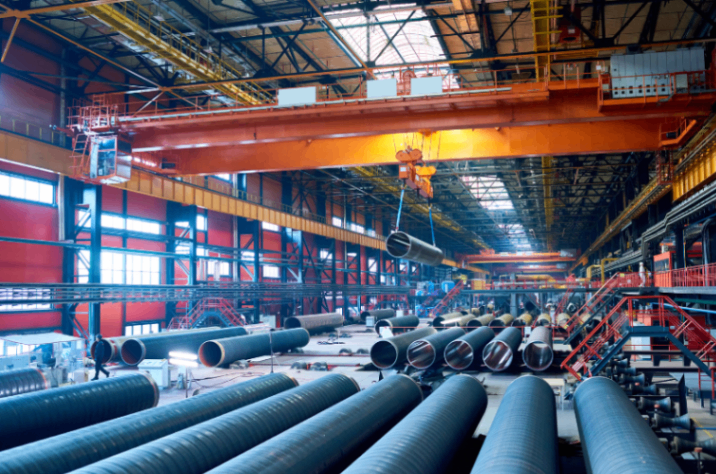Industrial producer prices accelerated in July
Economic commentary by Jakub Seidler, Chief Economist of the CBA

July producer numbers point in the direction of upside risks to inflation, with industrial producer prices finishing noticeably above analysts' expectations (+0.6 mom vs -0.1%) and the increase driven only to a lesser extent by volatile energy items. Although agricultural producer prices were flat, they typically fall at this time of year, and their year-over-year decline was thus much reduced. Services prices declined month-over-month above the long-term average over 2010-2019, but without advertising services, the month-over-month rate would have been slightly above that average and the year-over-year rate stagnated. Thus, today's numbers look in the direction of upside risks to the central bank and will support the current rhetoric of only very cautious rate cuts in quarter-percentage point increments. The latest CBA forecast expects the CNB's headline rate to end the year at 3.75%, but today's numbers are suggesting slight risks in the direction of 4%.
Industrial producer prices rose 0.6% month-on-month in July which was noticeably above analysts' expectations (according to Reuters) forecasting a slight decline of 0.1%. Thus, annual growth accelerated to 1.7% from June's 1% (vs. expectations of +1.1% yoy), Chart 1a. Although part of the y-o-y and m-o-m acceleration was attributable to the petroleum products category, which is linked to the evolution of oil prices, items such as motor vehicles, basic metals, chemicals and food production also contributed to the increase. The latter accelerated by 0.3% month-on-month, whereas it had been declining over the last 3 months, and the year-on-year decline was thus reduced from -3.8% to -2.9%. Thus, this development is not entirely positive in terms of future food prices, which are one of the main anti-inflationary factors this year.
Agricultural producer prices do not look favorable in this regard. On the one hand, after an unexpectedly strong increase in June, prices were only flat, but they usually fall by more than 1% in July. The main discrepancy was again in crop production, where month-on-month prices even rose slightly, while the long-term average for July is a decline of almost 3% (Chart 2). Crop prices, on the other hand, have been very volatile this year, with April and May showing significantly lower dynamics and below the long-term average. However, from an annual perspective, the significant year-on-year decline in prices is gradually fading, with crop prices falling from -13% to -7.5%, and livestock prices already rising slightly for the first time in a year (Chart 3). Overall, however, agricultural producer prices are still down 3.7% year-over-year (Chart 1b).
Construction prices rose marginally month-over-month (0.1%) and declined slightly year-over-year from 1.8% to 1.9% (Chart 1c). Prices for construction materials rose slightly, moderating their year-on-year decline from -1.1% to -0.1%.
Business services prices fell 1.3% m-o-m after a slight increase in June. On the one hand, this is positive news, as it is a significant decline above normal seasonality; on the other hand, prices declined similarly last year, so that the year-on-year rate remained at 3.5%. At the same time, price developments in business services remain fairly heterogeneous and the July decline was largely driven by prices for advertising services or programming and broadcasting and video production.
July producer numbers thus look rather inflationary, with a number of items in industrial producer prices going up above expectations in July, agricultural producer growth also developing off-seasonally, and services prices remaining heterogeneous and year-over-year growth flat. While services prices fell more month-to-month than has been the norm over the 2010-2019 period, excluding advertising services, the month-to-month pace would have been slightly above this long-term average. Today's numbers thus point in the direction of upside risks for the central bank and will thus support the current rhetoric of only very cautious quarter-percentage-point rate cuts anymore. The CBA's latest forecast expects the CNB's main rate to end the year at 3.75%, but today's numbers are a slight risk in the direction of 4%.